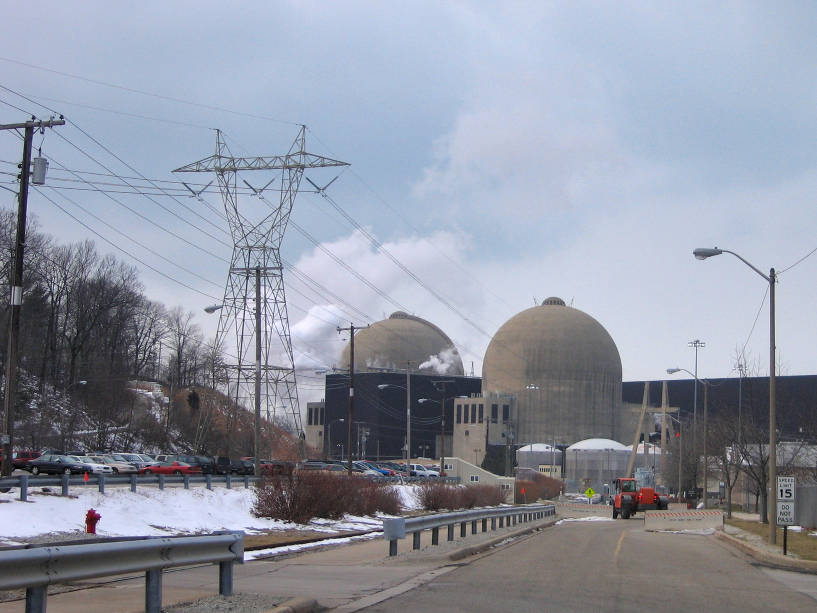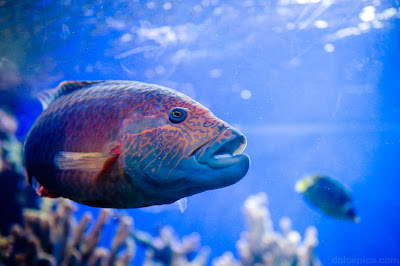Nuclear Reactors
What is a nuclear reactor?
A nuclear reactor is a system that contains and controls sustained nuclear chain reactions. Reactors are used for generating electricity, moving aircraft carriers and submarines, producing medical isotopes for imaging and cancer treatment, and for conducting research.
Fuel, made up of heavy atoms that split when they absorb neutrons, is placed into the reactor vessel (basically a large tank) along with a small neutron source. The neutrons start a chain reaction where each atom that splits releases more neutrons that cause other atoms to split. Each time an atom splits, it releases large amounts of energy in the form of heat. The heat is carried out of the reactor by coolant, which is most commonly just plain water. The coolant heats up and goes off to a turbine to spin a generator or drive shaft. So basically, nuclear reactors are exotic heat sources.
Components of Nuclear Reactors

The control room
Main components
- The core of the reactor contains all of the nuclear fuel and generates all of the heat. It contains low-enriched uranium (<5% U-235), control systems, and structural materials. The core can contain hundreds of thousands of individual fuel pins.
- The coolant is the material that passes through the core, transferring the heat from the fuel to a turbine. It could be water, heavy-water, liquid sodium, helium, or something else. In the US fleet of power reactors, water is the standard.
- The turbine transfers the heat from the coolant to electricity, just like in a fossil-fuel plant.
- The containment is the structure that separates the reactor from the environment. These are usually dome-shaped, made of high-density, steel-reinforced concrete. Chernobyl did not have a containment to speak of.
- Cooling towers are needed by some plants to dump the excess heat that cannot be converted to energy due to the laws of thermodynamics. These are the hyperbolic icons of nuclear energy. They emit only clean water vapor.
Animated reactor system

This image (reproduced from the NRC) shows a nuclear reactor heating up water and spinning a generator to produce electricity. It captures the essence of the system well. The water coming into the condenser and then going right back out would be water from a river, lake, or ocean. It goes out the cooling towers. As you can see, this water does not go near the radioactivity, which is in the reactor vessel.
The Nuclear Core
Fuel pins

The smallest unit of the reactor is the fuel pin. These are typically uranium-oxide (UO2), but can take on other forms, including thorium-bearing material. They are often surrounded by a metal tube (called the cladding) to keep fission products from escaping into the coolant.
Fuel assembly

Fuel assemblies are bundles of fuel pins. Fuel is put in and taken out of the reactor in assemblies. The assemblies have some structural material to keep the pins close but not touching, so that there’s room for coolant. Click here to see a 3-D blowup diagram of an assembly.
Full core

This is a full core, made up of several hundred assemblies. Some assemblies are control assemblies. Various fuel assemblies around the core have different fuel in them. They vary in enrichment and age, among other parameters. The assemblies may also vary with height, with different enrichments at the top of the core from those at the bottom.




Comments
Post a Comment